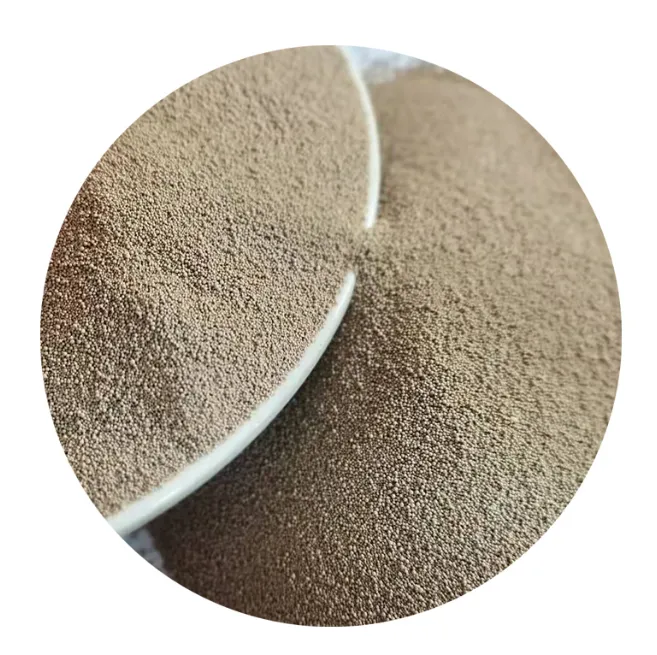The importance of selecting the right materials in foundry work cannot be overstated. From sourcing foundry sand for sale to understanding the types of sand used in foundry applications, every detail matters. For those looking to master the foundry sand casting process, knowledge about types of sand in foundry, including the use of ceramic foundry sand and parting sand in foundry, can help achieve precision and efficiency.

Finding Foundry Sand for Sale
For anyone involved in casting projects, sourcing foundry sand for sale is a top priority. High-quality foundry sand forms the backbone of reliable molds and ensures successful castings. Suppliers offering foundry sand for sale cater to a diverse range of needs, from large-scale industrial operations to individual craftsmen.
The search for foundry sand for sale often involves balancing cost with quality. Many vendors provide a variety of grades and grain sizes, ensuring that buyers can choose the sand best suited to their specific applications. Bulk purchasing of foundry sand for sale can be especially cost-effective for large-scale production, while smaller quantities are ideal for one-off projects or hobbyists.
Understanding the Types of Sand Used in Foundry Applications
There are several types of sand used in foundry processes, each with unique properties that suit different applications. Among the most common types of sand used in foundry are green sand, dry sand, and core sand. Green sand, a mixture of silica sand, clay, and water, is widely used due to its affordability and ease of use. Dry sand, on the other hand, offers greater strength and stability for specific mold applications.
Choosing the right types of sand used in foundry is critical for achieving the desired results. Green sand is ideal for producing large volumes of castings, while dry sand is preferred for projects requiring higher precision. Core sand, a type of resin-coated sand, is commonly used to create hollow sections within castings, further showcasing the versatility of the types of sand used in foundry.
Types of Sand in Foundry and Their Specific Uses
The various types of sand in foundry processes play a significant role in determining casting outcomes. Silica sand, chromite sand, and zircon sand are among the most commonly utilized types of sand in foundry operations. Silica sand is highly versatile and cost-effective, making it a popular choice for general-purpose molds. Chromite sand is prized for its excellent thermal conductivity, while zircon sand offers exceptional strength and resistance to high temperatures.
Selecting the right types of sand in foundry depends on the specific requirements of the project. Silica sand is often used for low-cost, high-volume production, while chromite and zircon sands are preferred for intricate or high-temperature applications. Understanding the properties and applications of the various types of sand in foundry ensures optimal performance and results.
The Advantages of Ceramic Foundry Sand
Among the innovative materials gaining popularity in casting is ceramic foundry sand, which offers superior performance compared to traditional options. Made from calcined bauxite, ceramic foundry sand features excellent thermal stability, high durability, and minimal expansion under heat. These properties make it an ideal choice for intricate molds or high-temperature applications.
The use of ceramic foundry sand can reduce defects such as expansion-related cracking and improve the surface finish of castings. Additionally, ceramic foundry sand is highly reusable, making it a cost-effective and environmentally friendly choice for foundries aiming to minimize waste. As a modern alternative, ceramic foundry sand is redefining the standards for precision and quality in casting processes.
Parting Sand in Foundry Applications
In the foundry sand casting process, the role of parting sand in foundry work is essential for achieving clean and precise separations between mold sections. Parting sand in foundry operations prevents mold halves from sticking together, ensuring easy removal of patterns and accurate assembly of molds.
Using parting sand in foundry also helps reduce the risk of defects, such as surface imperfections or misaligned molds. Typically applied as a fine layer on mold surfaces, parting sand in foundry ensures a smooth workflow and enhances the overall quality of castings. Its affordability and ease of use make parting sand in foundry an indispensable tool for both beginners and experienced professionals.
Mastering the Foundry Sand Casting Process
The foundry sand casting process is a versatile and widely-used method for creating complex metal parts. By understanding the materials, tools, and techniques involved in the foundry sand casting process, manufacturers can optimize efficiency and improve product quality. This process typically involves creating a mold from sand, pouring molten metal into the mold, and allowing it to cool before removal.
Key to the success of the foundry sand casting process is the selection of appropriate materials, including high-quality sand and additives. The use of tools such as ceramic foundry sand and parting sand in foundry enhances mold integrity and casting precision. With advancements in technology and materials, the foundry sand casting process continues to evolve, offering new opportunities for innovation and growth in the industry.
From sourcing foundry sand for sale to mastering the foundry sand casting process, every aspect of casting requires attention to detail and a thorough understanding of materials and techniques. The use of innovative options such as ceramic foundry sand and the proper application of parting sand in foundry work ensures high-quality results. By exploring the various types of sand used in foundry and understanding the unique properties of different types of sand in foundry applications, manufacturers can optimize their processes and stay ahead in this dynamic industry.
Post time:Mar . 24, 2025 16:02Next:Foundry Sand Innovations
